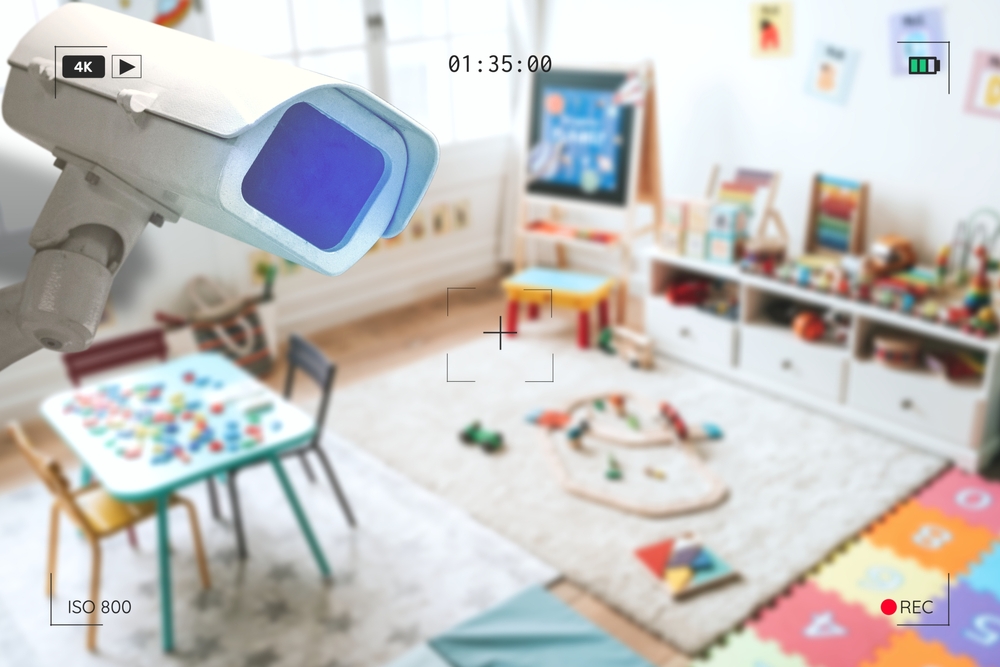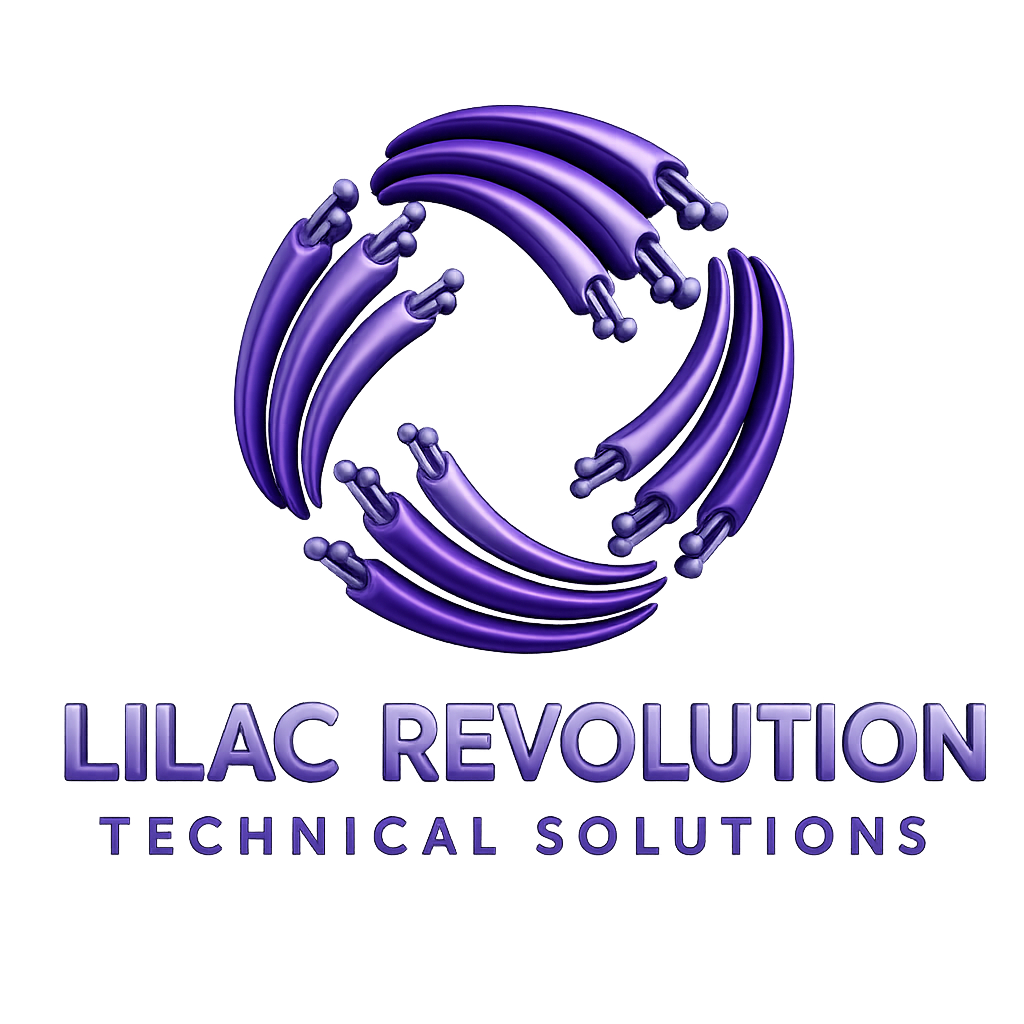Building Smart Schools: How Enhances Education with Technology
Imagine a world where “smart schools” become the norm, seamlessly blending technology and education to create safer, more efficient learning environments. With IoT in education, this vision is rapidly becoming a reality. From smart security cameras and door access control systems to energy management systems, schools can harness cutting-edge solutions to enhance both security and learning. As you read on, you’ll discover how these innovations, coupled with E-Rate solutions and future-proofing networks, can transform the educational landscape for administrators, IT professionals, and policymakers alike. For more information on smart schools, check out this article on IoT for All.
IoT & Smart Campus

The Internet of Things (IoT) is reshaping how schools operate, creating smarter, more connected campuses. Let’s explore two key areas where IoT is making a significant impact: school security and energy management.
Enhancing School Security Systems
School security is a top priority for administrators and parents alike. IoT-enabled security systems offer a range of benefits that go beyond traditional methods.
Smart cameras with facial recognition can identify potential threats and alert staff immediately. These systems can also track student attendance and monitor restricted areas.
Door access control systems add an extra layer of security. They allow schools to manage who enters the building and when, reducing the risk of unauthorized access.
Environmental sensors can detect issues like smoke, gas leaks, or unusual temperature changes, helping to prevent accidents before they happen. For more on IoT in education, visit MHT Technologies.
Energy Management Systems Explained
Energy management systems are a game-changer for schools looking to reduce costs and their environmental impact.
These systems use sensors and smart meters to monitor energy usage across the campus. They can automatically adjust heating, cooling, and lighting based on occupancy and time of day.
By analyzing data from these systems, schools can identify areas of high energy consumption and make informed decisions about upgrades or changes in usage patterns.
Some energy management systems even integrate with renewable energy sources like solar panels, further reducing a school’s carbon footprint. Learn more about smart energy management in schools from Extreme Networks.
E-Rate Eligible Solutions

E-Rate is a U.S. government program that provides discounts to eligible schools and libraries for telecommunications and internet access. Let’s look at how this program can help schools build their digital infrastructure.
Broadband for Education
Reliable, high-speed internet is the backbone of any smart school system. E-Rate helps make this a reality for many institutions.
The program offers discounts on broadband services, which can range from 20% to 90% depending on the school’s location and the percentage of students eligible for the National School Lunch Program.
With better broadband, schools can support more devices, enable smoother video conferencing, and provide access to a wider range of online educational resources.
Eligible Hardware and Discounts
E-Rate doesn’t just cover internet service – it also provides discounts on essential hardware.
Eligible items include routers, switches, wireless access points, and firewalls. These components are crucial for creating a robust and secure school network.
The program also covers basic maintenance of these internal connections, helping schools keep their networks running smoothly without breaking the bank.
Scalability & Future Proofing

As technology evolves rapidly, schools need to plan for the future to ensure their investments remain valuable in the long term.
Future Proofing Networks
Future-proofing a school network involves planning for increased device usage and new technologies.
One key aspect is ensuring the network can handle a growing number of connected devices. This might involve installing more access points or upgrading to higher-capacity switches.
Another important factor is security. As cyber threats evolve, schools need networks that can adapt to new security protocols and technologies.
Cloud-based solutions can also help future-proof a network by allowing for easier updates and scalability. For more on future-proofing school networks, check out this article from Science Direct.
Wi-Fi 7 for Schools
While many schools are still implementing Wi-Fi 6, it’s worth looking ahead to Wi-Fi 7 and its potential benefits for education.
Wi-Fi 7 promises faster speeds, lower latency, and better performance in crowded environments – all crucial factors in a school setting.
These improvements could enable new educational technologies, such as more immersive virtual reality experiences or real-time collaborative projects involving large amounts of data.
While Wi-Fi 7 isn’t widely available yet, schools planning network upgrades should consider its potential impact on future educational technologies.
